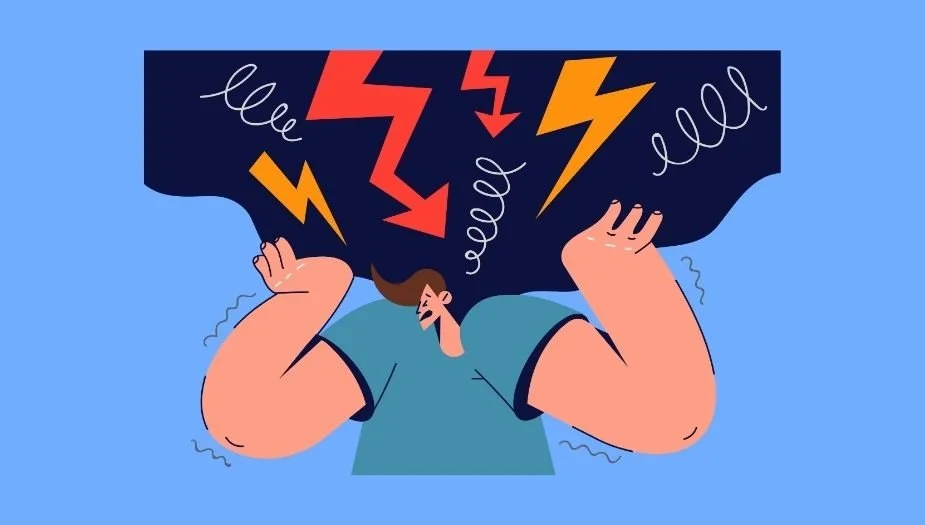The Truth About Tolerance: Are You Building Resilience or Just Settling?
Tolerance vs. Boundaries: The Fine Line Between Strength and Settling
Tolerance is often praised as a virtue, a sign of emotional intelligence, resilience, and open-mindedness. It’s what allows us to work with difficult colleagues, navigate challenging personal relationships, and exist in a society where not everyone shares our values or perspectives.
But let’s get real: there’s a big difference between being tolerant and being a doormat.
Too often, “tolerance” is weaponized to convince high achievers—especially those already stretched thin—that they should put up with behavior that is unhealthy, unprofessional, or outright harmful. When does tolerance become a liability rather than an asset? And how do you ensure that your capacity for patience and understanding doesn’t turn into self-sabotage?
Let’s break it down.
When Tolerance Becomes a Problem
1. Tolerance as Grooming for Poor Treatment
There’s a subtle but dangerous shift that happens when tolerance is demanded rather than freely given.
Ever had a boss who pushed the “we’re a family” narrative to justify toxic workloads? Or a partner who framed their inability to meet your emotional needs as something you should simply be more “understanding” about? That’s not tolerance. That’s manipulation.
Tolerance becomes dangerous when it’s used to erode your standards and make you question whether your discomfort is valid. High achievers, in particular, are prone to this—because you’re conditioned to push through adversity, take ownership of challenges, and adapt to high-pressure environments. But adaptability without boundaries is a recipe for burnout.
2. The Myth of the “Stronger Person”
A common misconception is that tolerance equals strength. And in some cases, it does. The ability to sit with discomfort, understand different viewpoints, and not react impulsively is a skill.
But let’s be blunt: tolerating bad behavior doesn’t make you stronger—it just makes you more exhausted.
If you constantly find yourself rationalizing why someone’s actions are acceptable, making excuses for their behavior, or convincing yourself that things “aren’t that bad,” you’re not demonstrating strength. You’re conditioning yourself to accept less than you deserve.
And that’s not resilience. That’s self-abandonment.
Is Tolerance Actually Healthy?
Here’s the nuance: tolerance, in its healthiest form, is about emotional regulation, perspective-taking, and knowing when to let things roll off your back. But unchecked tolerance can lead to:
Chronic stress and burnout – The more you tolerate without addressing your own needs, the more you deplete your mental, emotional, and physical energy.
Loss of identity and self-respect – Constantly bending to accommodate others’ behaviors can make you forget what you actually want and need.
Diminished professional and personal standards – If you keep excusing mediocrity or mistreatment, it will become your new normal. And that’s a slippery slope.
So, what’s the alternative? Tolerance with boundaries.
What Tolerance with Boundaries Looks Like
Tolerance, when paired with strong boundaries, becomes a strategic tool rather than a personal liability. Here’s what that looks like in practice:
1. Knowing What’s Non-Negotiable
True tolerance isn’t about accepting everything—it’s about discerning what’s worth your energy and what’s not. Before extending tolerance, ask yourself:
Is this a one-time issue, or a pattern? A tough day is one thing. A culture of disrespect is another.
Does this align with my values? If something directly contradicts your integrity, no amount of tolerance will make it palatable.
Am I making excuses for behavior that I wouldn’t accept from myself? If you’re holding yourself to a higher standard than those around you, it’s time to recalibrate.
2. Recognizing the Difference Between Empathy and Endurance
Being empathetic means understanding someone’s perspective. It does not mean subjecting yourself to their dysfunction. You can acknowledge that someone is going through a tough time without allowing their stress to dictate your experience.
The key? Boundaries protect both you and them. They prevent you from becoming resentful and ensure that you’re not reinforcing behavior that ultimately harms both parties.
3. The Art of the Graceful Exit
Sometimes, the best form of tolerance is walking away with your dignity intact. Not everything requires a battle. If you find yourself constantly explaining your worth, justifying why something isn’t okay, or waiting for someone to recognize the effort you’re putting in—it’s time to move on.
Tolerating a broken system won’t fix it. Tolerating an unhealthy relationship won’t make it healthy. And tolerating a toxic work environment won’t turn it into the high-performance culture you deserve.
Final Thoughts
Tolerance is a tool, not a virtue in and of itself. It’s only as valuable as the boundaries that accompany it.
In a world that often glorifies resilience at the expense of personal well-being, remember this: the strongest people aren’t the ones who tolerate the most. They’re the ones who know when enough is enough.
So, the next time someone praises you for being tolerant, ask yourself—am I demonstrating strength, or am I settling? Because the difference between the two will define your career, your relationships, and your overall well-being.
Choose wisely.
Article References
The sources cited in the article:
Psychology Today (PT). "How Tolerant Should We Be?" PT - How Tolerant Should We Be?
Psychology Today (PT). “Emotional Abuse.” PT - Emotional Abuse
American Counseling Association (ACA). "Does Your Personality Make Your More Vulnerable to Abuse?" ACA - Vulnerable
PsychCentral “What Are the Effects of Emotional Abuse?” PsychCentral - What Are the Effects of Emotional Abuse?






